In the Footsteps of Serge Gainsbourg
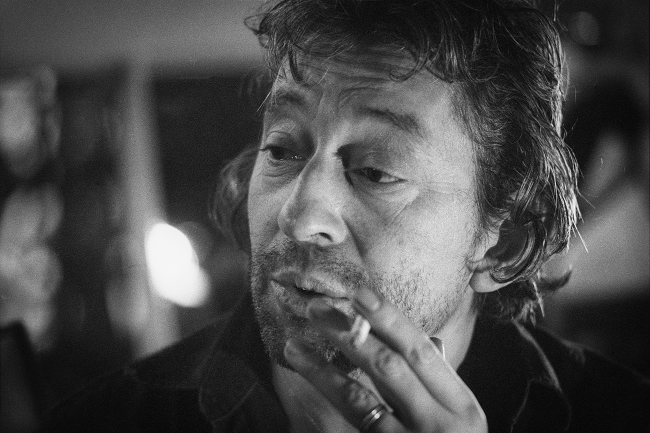
Trace the extraordinary life of Serge Gainsbourg, one of France’s most revered – and controversial – modern cultural icons.
He was our Baudelaire, our Apollinaire,” said President Mitterrand when Serge Gainsbourg, one of France’s best-loved pop stars, died of a heart attack in 1991. “He elevated song to the level of art.”
Monsieur le President had a point. This utterly original singer-songwriter, creator of such classics as Je t’aime… moi non plus and Bonnie and Clyde, made an indelible mark on 20th-century French culture. Recording in styles as varied as jazz, yé-yé, disco, rap, rock, funk, reggae, electronica and, of course, his native French chanson, he produced 16 studio albums from the 1950s to the 1980s, and wrote well over 500 songs in all. Erudite, comical, filled with wordplay, often mischievous, occasionally scandalous, these compositions told stories of love, sex, poetry, Paris, the Nazis, drugs, murder, breaking wind and the mundanities of working-class life.
Most famous of all was the sexually-charged 1969 duet with his lover, the British actress Jane Birkin. Deemed obscene by the Vatican and banned by the good old BBC, Je t’aime… moi non plus has cemented its place in the pop canon thanks to its raunchy lyrics and none-too-subtle breathy sound effects. Other stand-out hits included his Bonnie and Clyde duet with actress Brigitte Bardot – another of his lovers – and a 1985 duet with his daughter Charlotte called Lemon Incest, which caused outrage with its blatant suggestions of incestuous paedophilia.
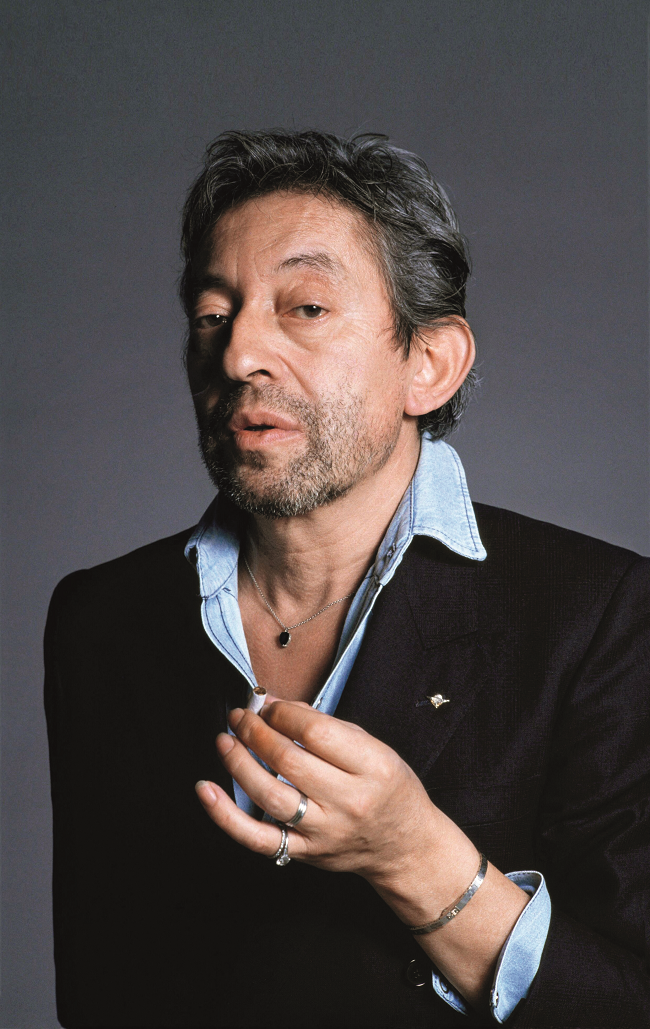
© Tony Frank
Courting controversy
Controversy stalked Gainsbourg his entire life. In 1975, he released a concept album about Nazi Germany. Four years later he incensed many of his countrymen by recording a reggae version of the French national anthem, La Marseillaise. The subsequent live tour was plagued with protests, death threats, bomb warnings and demands by newspaper columnists that he be stripped of his French nationality.
In 1984 he burned a 500 franc banknote live on television in protest at increased taxation. Two years after that,on a TV variety show hosted by Michel Drucker, while sharing the screen with Whitney Houston, he expressed his desire to sleep with the American singer in rather crude terms. That same year he wrote, directed and starred with his daughter in a movie called Charlotte for Ever that reexamined themes of incest.
To focus too much on Gainsbourg’s infamy and bad behaviour risks ignoring the brilliance and cleverness of his songs. Yes, he courted plenty of opprobrium, and was a raging alcoholic, but even today, more than 30 years after his death, he is still considered one of the most influential and important French pop stars of all time.
He was born Lucien Ginsburg (he later switched to Gainsbourg in order to sound more French), in 1928, to Jewish Russian immigrants who had fled to Paris during the Russian Revolution. As a boy he lived with his twin sister, Liliane, older sister, Jacqueline, and their parents, Joseph and Olia, at 11 bis Rue Chaptal, just south of Montmartre. Joseph was a classically trained musician, playing piano in cabaret clubs and casinos.
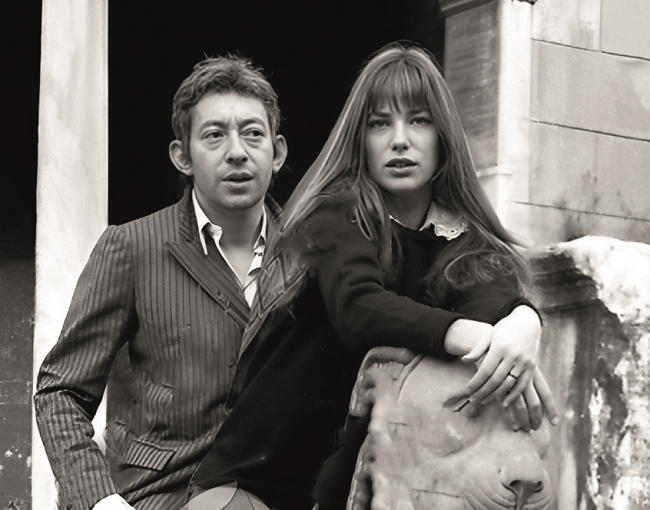
Gainsbourg and Birkin in Italy
When Paris was occupied by the Germans in the Second World War, all Jews were forced to identify themselves by wearing yellow star badges in public. The racist shaming scarred young Serge. “It was like you were a bull, branded with a red-hot iron,” he once explained. Later, when an evening curfew was imposed on Jews, Joseph found it impossible to earn a living as a club musician so the whole family relocated to Limoges, in the country’s unoccupied zone, where anti-Jewish laws weren’t yet so stringent.
Once hostilities were over, the family returned to Paris and moved into an apartment at 55 Avenue Bugeaud, in the 16th arrondissement (where his older sister Jacqueline Ginsburg still lives).
Gainsbourg attended the Lycée Condorcet, on Rue du Havre, before training as an artist at the Beaux-Arts de Paris on Rue Bonaparte and later at the Académie de Montmartre on Boulevard de Clichy. He soon realised his future lay in music rather than fine art and, by the mid-1950s, had started taking on some of his father’s piano-playing jobs.
One of his first regular gigs was at a drag cabaret club called Madame Arthur, on Rue des Martyrs. Although it subsequently closed for many years, it reopened in 2015 and now offers cabaret, DJs and dancing. Another cabaret venue Gainsbourg performed at was Milord l’Arsouille, on Rue de Beaujolais, which closed in 1965.
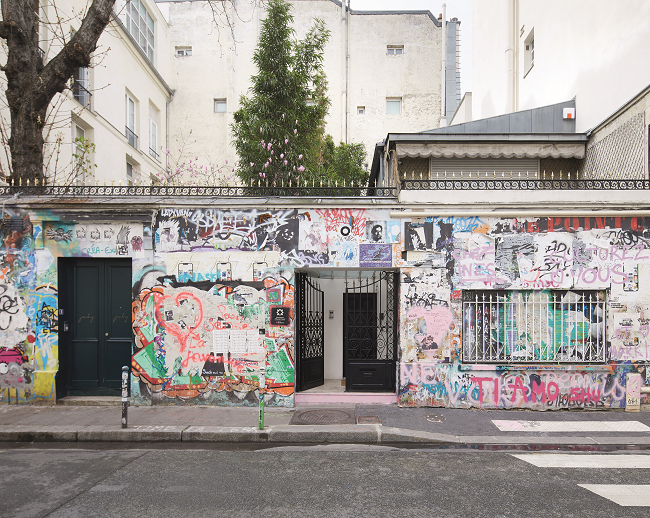
Maison Gainsbourg © Alexis Raimbault
But if there’s one place more than any other that represents Gainsbourg’s soul, it’s the site of his former residence at 5 bis Rue de Verneuil, in Paris’s 7th arrondissement, where he lived on and off from the late 1960s until his death. This is where he fuelled his three great addictions – alcohol, women and up to five packs of Gitanes cigarettes a day. It’s also where, since his death, fans have paid homage by painting layer upon layer of graffiti, portraits, quotes and messages on the outside wall.
Now the property, owned by his daughter Charlotte, has been turned into a museum and shrine to the singer called Maison Gainsbourg. Here you’ll see his two-storey house just as it was when he died, with artworks, photographs, musical instruments, clothing and, of course, overflowing ashtrays. There are 25,000 items in all, kept intact by his daughter since her father’s death and visits are described as “a 30-minute immersion during which the public wanders, guided by the voice of Charlotte Gainsbourg, who, step by step, retraces the memories and anecdotes linked to her father and her childhood house”.
Across the road, at number 14 – part of the same venue and all dedicated to the great man – is a museum, gift shop and a café-cum-piano bar called Le Gainsbarre, in reference to the name the singer himself gave to his alcoholic alter-ego.
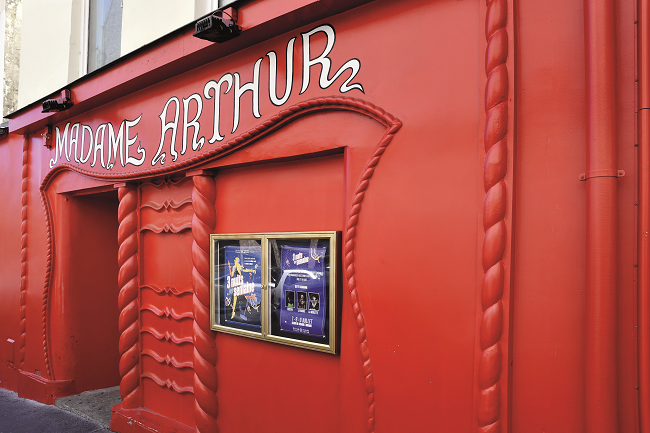
Madame Arthur cabaret © shutterstock
A hero is honoured
There’s one spot in Paris even more poignant than this for Gainsbourg fans: that’s his grave at Montparnasse cemetery, in the 14th arrondissement. The final resting place of this much-loved pop star is just off the cemetery’s Avenue Principale, close to the angel statue called Génie du sommeil éternel. Always popular with visitors, it is permanently adorned with flowers and trinkets, but also his beloved Gitanes cigarettes, as well as cabbages and Paris Metro tickets. The cabbages are a nod to his 1976 album, L’Homme à Tête de Chou (The Man with the Cabbage Head), while the tickets are a reference to the first single he ever released, 1958’s Le Poinçonneur des Lilas (The Ticket Puncher of Les Lilas) which tells the story of a ticket inspector on the Metro who dreams of escaping his dull job.
In the real-life Les Lilas Paris quarter, builders are currently putting the final touches to a brand new station named after Gainsbourg which is due to open next year. It’s expected there will be an accompanying bronze statue of the singer – a fitting tribute to one of France’s most original pop stars.
From France Today magazine
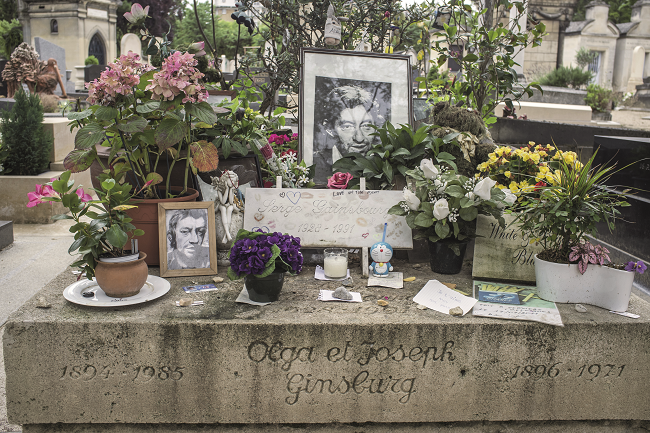
Gainsbourg’s tomb in Montparnasse cemetery © shutterstock
Lead photo credit : Serge Gainsbourg © Claude Truong Ngoc
Share to: Facebook Twitter LinkedIn Email
More in French artist, French culture, French music, history, Serge Gainsbourg
Leave a reply
Your email address will not be published. Required fields are marked *

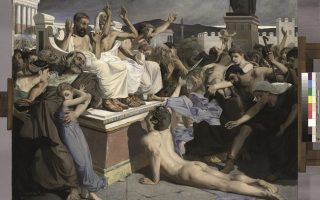


REPLY